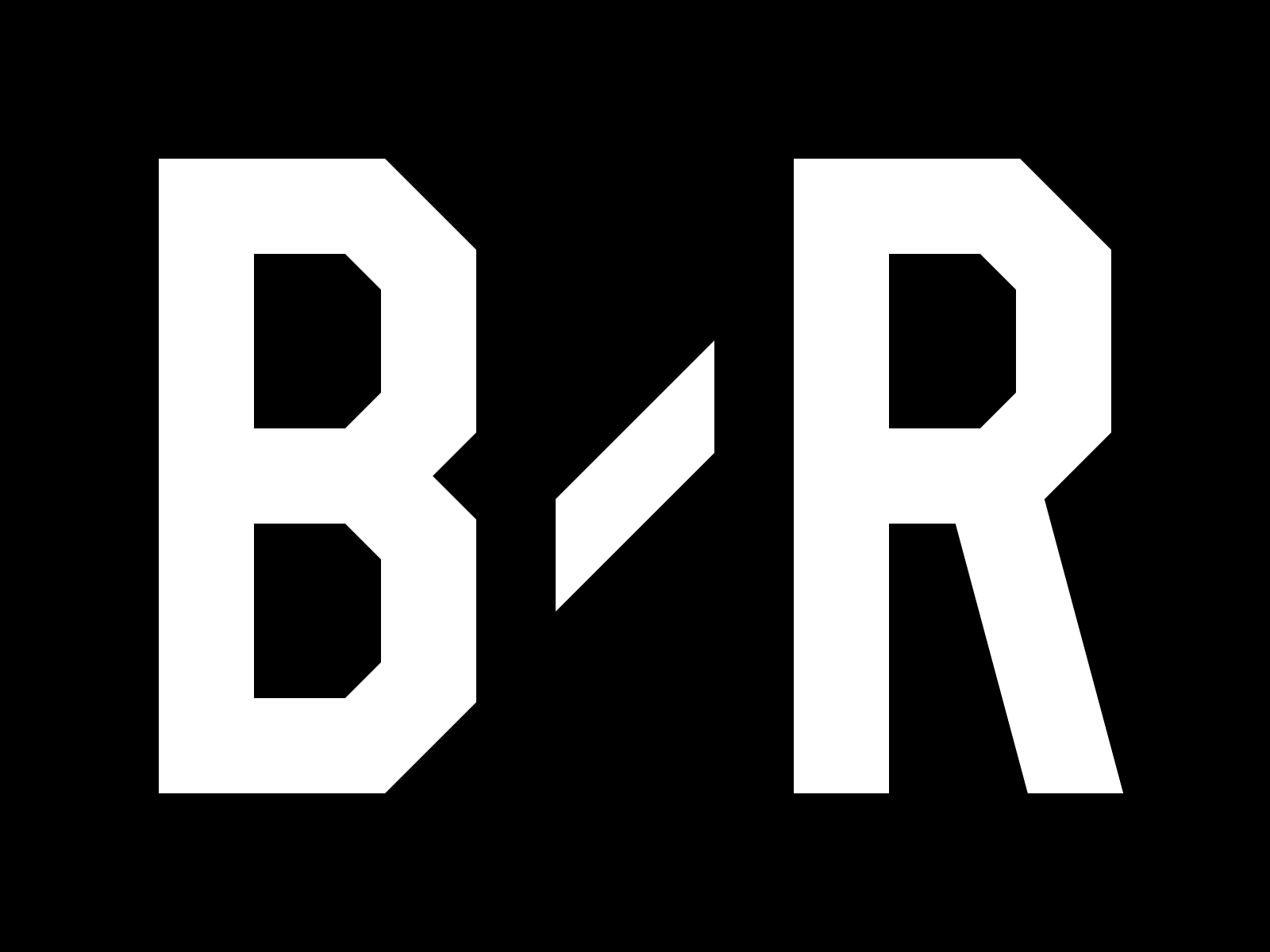Rules designed to limit physical contact and a defender's inability to read his opponent's thoughts mean NBA defenders always operate at a disadvantage. Generally, the best they can do in on-on-one situations is take away the opponent's pet move.
Don't let him turn right shoulder on the block. Crowd him, so the pull-up trey is impossible. Force him to his weak hand.
That sort of thing.
Getting beaten is fine, but nobody wants to be roasted, predictably, by a scorer's preferred method of attack.
But what if there's no way to stop an opponent from taking exactly the shot he wants? What if option No. 1 in his decision tree is always available?
That's when things get especially tough for defenders. Everyone knows what's coming, nobody can stop it and signature moves are born.
These are some of the best.
Kareem Abdul-Jabbar's Skyhook

We have to start here because even though Kareem Abdul-Jabbar hasn't played an NBA game since 1989, and even though nobody on the planet regularly attempts his patented skyhook, it is still the shot type most singularly associated with any one player.
Think about it: Any time someone tries a conventional hook shot, an exceedingly rare occasion in today's post-averse NBA, Abdul-Jabbar's name gets mentioned. It's a requirement. And if the attempt is actually close to the full-extension, one-foot takeoff hook Abdul-Jabbar shot, everyone in the arena goes bonkers.
Joel Embiid clearly knows what it takes to wow a crowd, and he broke one out this past November.
Unblockable (unless you're Wilt Chamberlain and/or goaltend the daylights out of it), good from as far as 15 feet and largely responsible for Abdul-Jabbar's NBA record 38,387 points, the skyhook was practically unfair. Defenders had to contend with a subtle left-arm clearout throwing them off balance, which left them with no chance to reach the impossibly high release point. Even if they got the timing right, opponents had to go through Abdul-Jabbar's body to bother the attempt.
It was a hopeless exercise, and it played out thousands of times. We know that because there are endless reels on YouTube. If you've got six minutes, you can watch one of the shorter compilations.
You can practically feel the resignation from Abdul-Jabbar's defenders.
Michael Jordan's Fadeaway
As late-career tweaks go, Michael Jordan's development of a fearsome post-up arsenal ranks high on the list.
With diminishing athleticism, Jordan hit the weights, got stronger and perfected his own brand of deceptive bully ball. Post-30 MJ punished defenders from the low block and mid-post without mercy.
The trick with Jordan's fadeaway was that it wasn't really one move; it was thorough process built around patience, counterattacks and extreme confidence. He could turn over either shoulder, bait his man into jumping with a brief pause and even step through for a lay-in if the opponent bit on an up-fake. Ultimately, the enduring image of Jordan's later years is that of a technician working his defender into a vulnerable spot and then performing the basketball equivalent of vivisection.
The footwork was precise, the pre-shot shimmy impossible to read. Once Jordan had his man at a standstill, the play was effectively over. Depending on where he felt pressure from the defender, he'd simply turn away from it and create space to shoot. Even an aging MJ had enough craft to get the shot over a young, springy Shawn Marion to win the 2003 All-Star Game.
Keep your rock-the-cradle dunks and hanging jumpers over Craig Ehlo. Jordan's fadeaway was his most reliable weapon.
The best part is we only have shot accuracy data for the last two years of Jordan's career. This means we can let our memories inflate the greatness of MJ's turnaround without having to confront the possibility that he only made 40 percent of them. In our minds, they all went in.
James Harden's Contact-Drawing Drives
Do. Not. Touch. James Harden.
Reach in on the reigning MVP, and you're roasted. He's going to swipe the ball up through your arms from below and create contact. And that's only if he hasn't already hooked your outstretched arm in the crook of his elbow, creating a situation that features even more obvious whistle-able physicality.
It's a choose-your-own-adventure story that only ever ends in layups or free throws.
The genius of Harden's approach is the way it exploits an opponent's instincts to find a point of contact on the offensive player. Defenders want a hand or forearm on their man to nudge, guide and generally influence a scorer's direction and speed. Harden feels that slight contact and capitalizes like no one in league history.
Doubly unfair: If he doesn't feel the contact he wants, he'll create it by tossing an elbow into his man's ribs or straight-up grabbing for a hand with his free arm.
The ploy only works because Harden is blindingly quick and strong enough to get his shoulder even with his defender's hips as he drives. From there, Harden never loses the leverage battle, creating an advantage and triggering the instinct to reach.
The San Antonio Spurs had to coach those tendencies out of their players, and it largely worked in a successful 2017 playoff series. But Harden has added subtleties to his game since then, and he's gotten better at taking what defenders give him when they're specifically trying to avoid being suckered. His straight line drives and step-back jumpers are direct offshoots of the space worried opponents afford him out of fear.
There's a reason Harden has led the NBA in total free-throw attempts in five of the last six seasons and increased his scoring average for five straight years, culminating in 2017-18's league-leading 30.4 points per game.
Can Harden's tactics be infuriating? Sure, but they're also undeniably effective.
Hakeem Olajuwon's Dream Shake
If you think you know what Hakeem Olajuwon is going to do to you, you're wrong. And you've already lost.
One of the slickest post-up operators the NBA has ever seen, Olajuwon seemed to delight in toying with his defender. Though his arsenal was as deep as anyone's—turnarounds, face-ups, spins, ball-fakes, levitation (possibly)—Olajuwon's signature mode of attack was the Dream Shake.
That label suggests it was a single move, but really, it was more like a cruel series of experiments in which Olajuwon employed creative trial and error to flummox his defender.
Oh, you didn't jump at that first fake? How about a spin to the middle where I show the ball? Still haven't fallen for it? OK, how about a reverse pivot, followed by an eyebrow fake, followed by an up-and-under, and...hey, where'd you go?
David Robinson famously found himself in that blender—after first getting shaken with a filthy crossover.
At its core, the Dream Shake was a fake spin one way followed by a fallaway over the other shoulder. The very best ones involved Olajuwon cleverly hopping into his move, failing to establish his pivot foot until the last moment. This disrupted his defender's timing and hid the direction he ultimately planned to turn. It's the post-up equivalent of wrong-footing a shot-blocker on a layup attempt; it's just awkward, and most opponents get stuck flat-footed.
The best way to avoid embarrassment might be to never jump, conceding Olajuwon's first move, which seems risky against one of the most gifted scorers of all time. When defending the Dream Shake, all your options stink.
Shaquille O'Neal Being Large
This one's not really a move per se, and if you want precision and technical skill, seek it elsewhere.
Yes, Shaquille O'Neal's drop step was devastating. Ask Chris Dudley. And sure, he could flip in short-range hooks with the best of them. But Shaq's offensive greatness was largely a function of his immense physical size and willingness to put opponents in the basket along with the ball.
Take this sequence against Dikembe Mutombo, when O'Neal was a member of the Miami Heat, as an example. He seals the defender, turns around and dunks. Or tries to, anyway. O'Neal misses the jam, clears space to grab the board, and then just goes up again to cram one home over one of the greatest interior defenders ever...and two of his friends.
There's no stopping that, and O'Neal did it all the time. Even as he got older and only had his size to rely upon.
O'Neal's work on a possession was done once he'd established deep position. From there, opponents had no choice but to foul him, often aggressively, and often without effect. He was that strong.
Dirk Nowitzki's One-Legged Leaner
Much like Abdul-Jabbar and the skyhook, Dirk Nowitzki and the one-legged fallaway are inextricably linked.
Plenty of imitators have appropriated the move, including all-time greats like Kobe Bryant, Kevin Durant and LeBron James, but Nowitzki is the originator. Remarkably, he didn't even use it much until after he won his MVP in 2007.
Aging, lacking much athleticism to begin with and aware he'd need a new weapon to combat defenders crowding him, Nowitzki honed the shot until it became his signature move.
On the night in 2014 when he passed Olajuwon on the all-time scoring list, Nowitzki gave reporters a simple explanation of the technique that helped him accumulate so many points: "I came up with a shot where I just have to basically lean back, don’t be athletic at all and just hoist it up."
Easy enough...if you're a 7-footer with perfect touch and a relentless work ethic.
There's some variety involved, as Nowitzki can execute the shot off a spin, as part of a backdown attack or even at a standstill. In all cases, he digs that right shoulder into the defender to create space before leaning back on his left leg. As he tilts, Nowitzki kicks his right leg out to open up even more room between himself and the defender. Often, it looks like he's reclining at a 45-degree angle when he releases the unblockable shot.
Whenever someone breaks out their copy of the one-legged leaner, Nowitzki gets a mention—as he and his 31,187 points should.






Read 18 Comments
Download the app for comments Get the B/R app to join the conversation